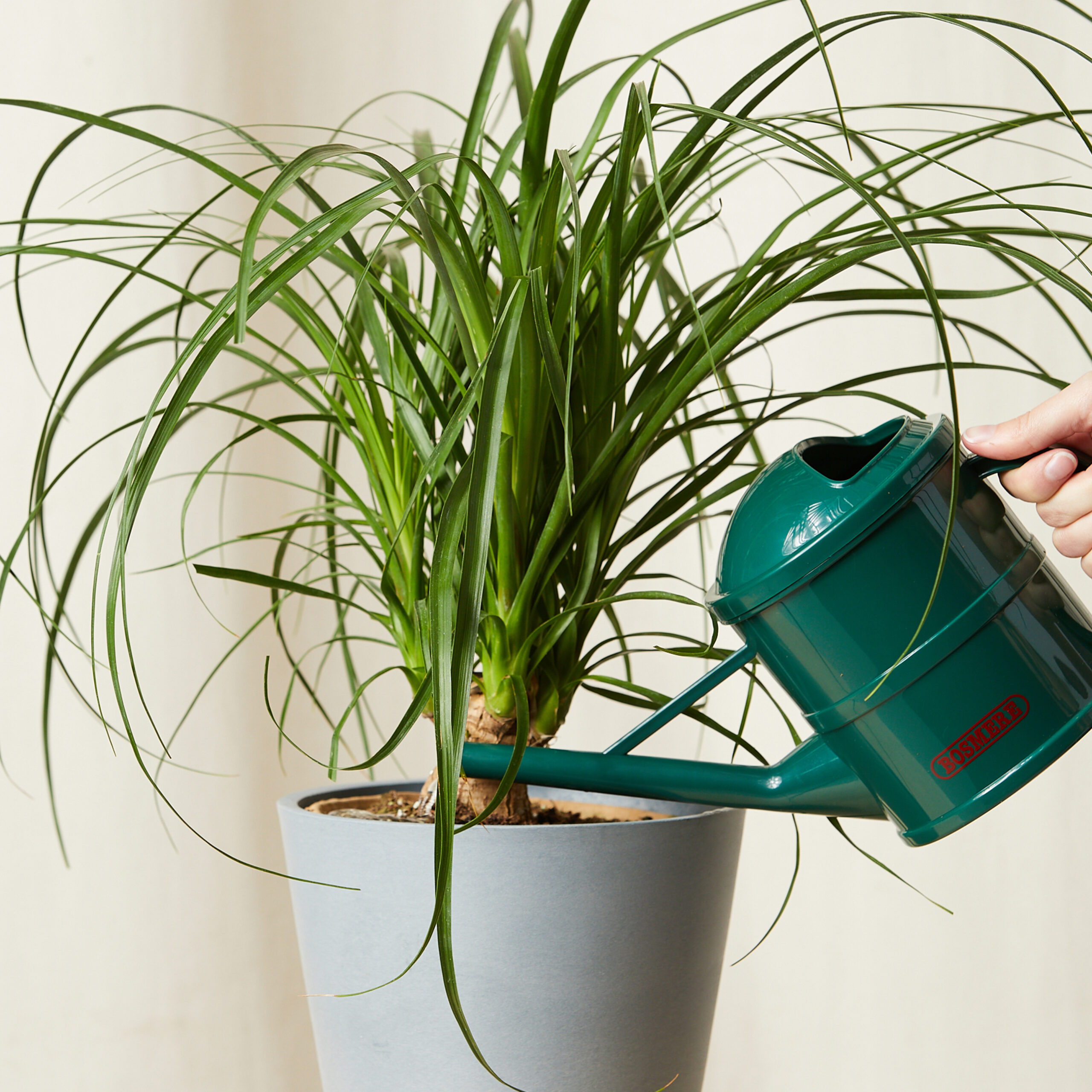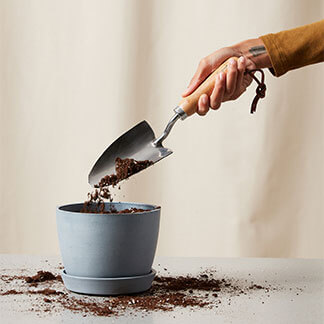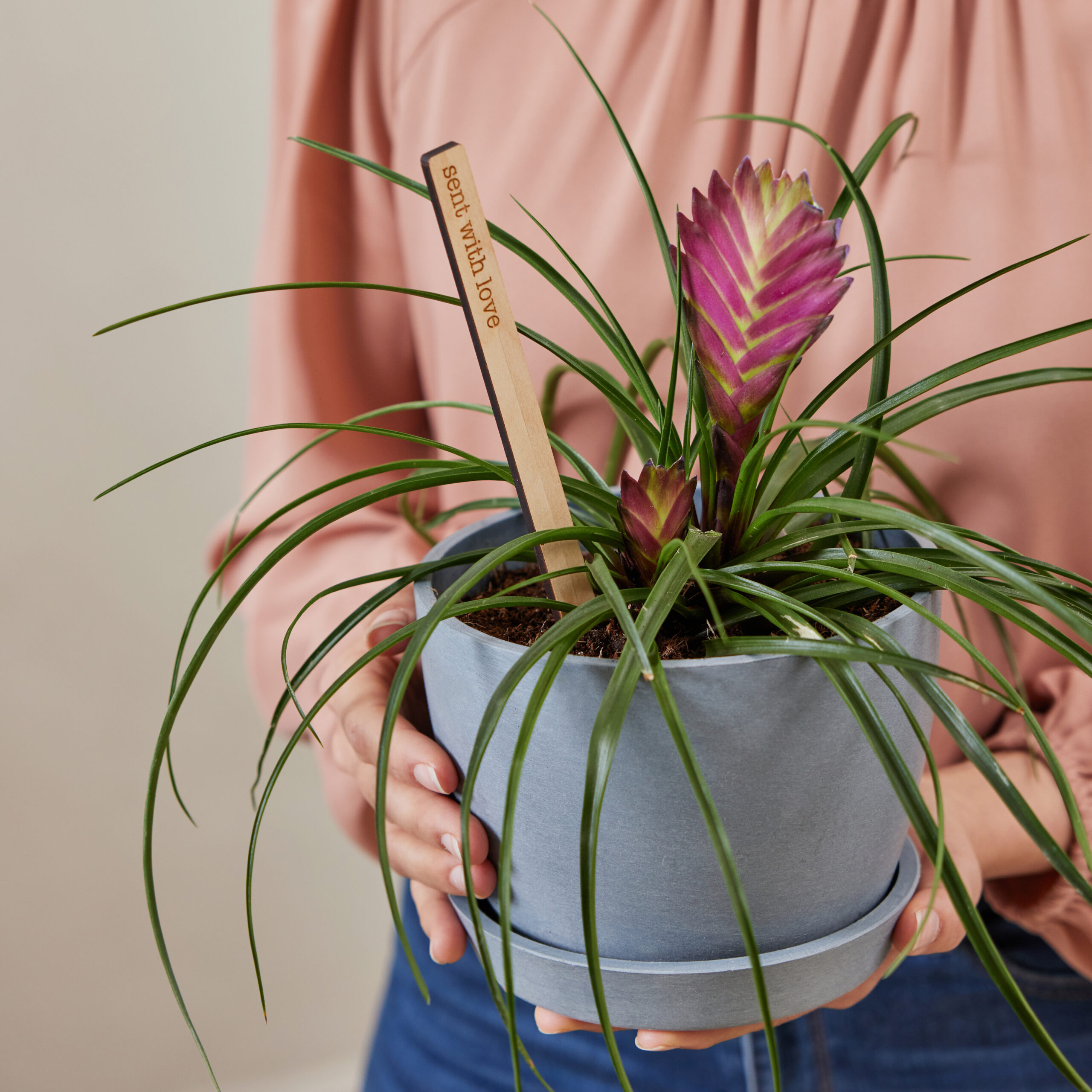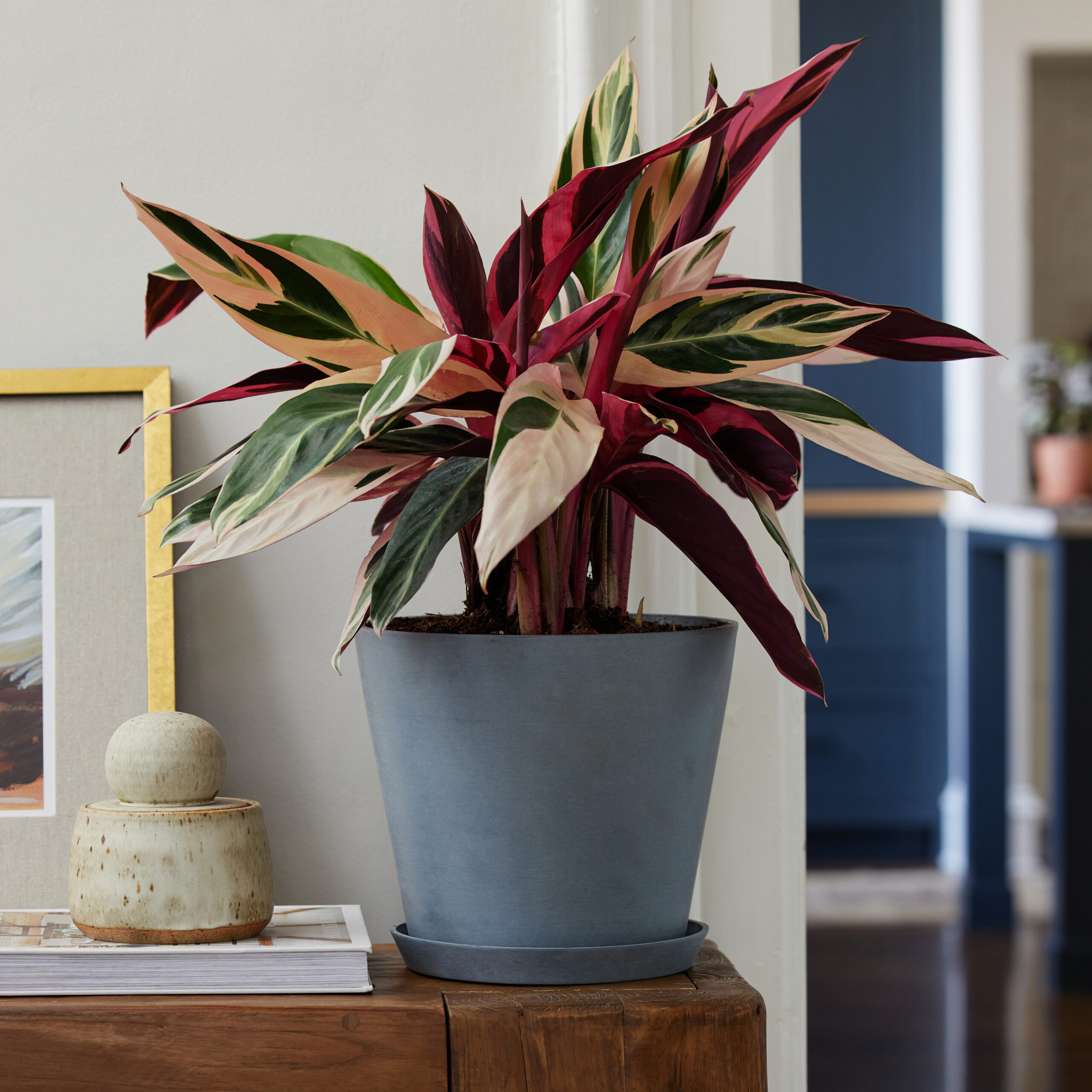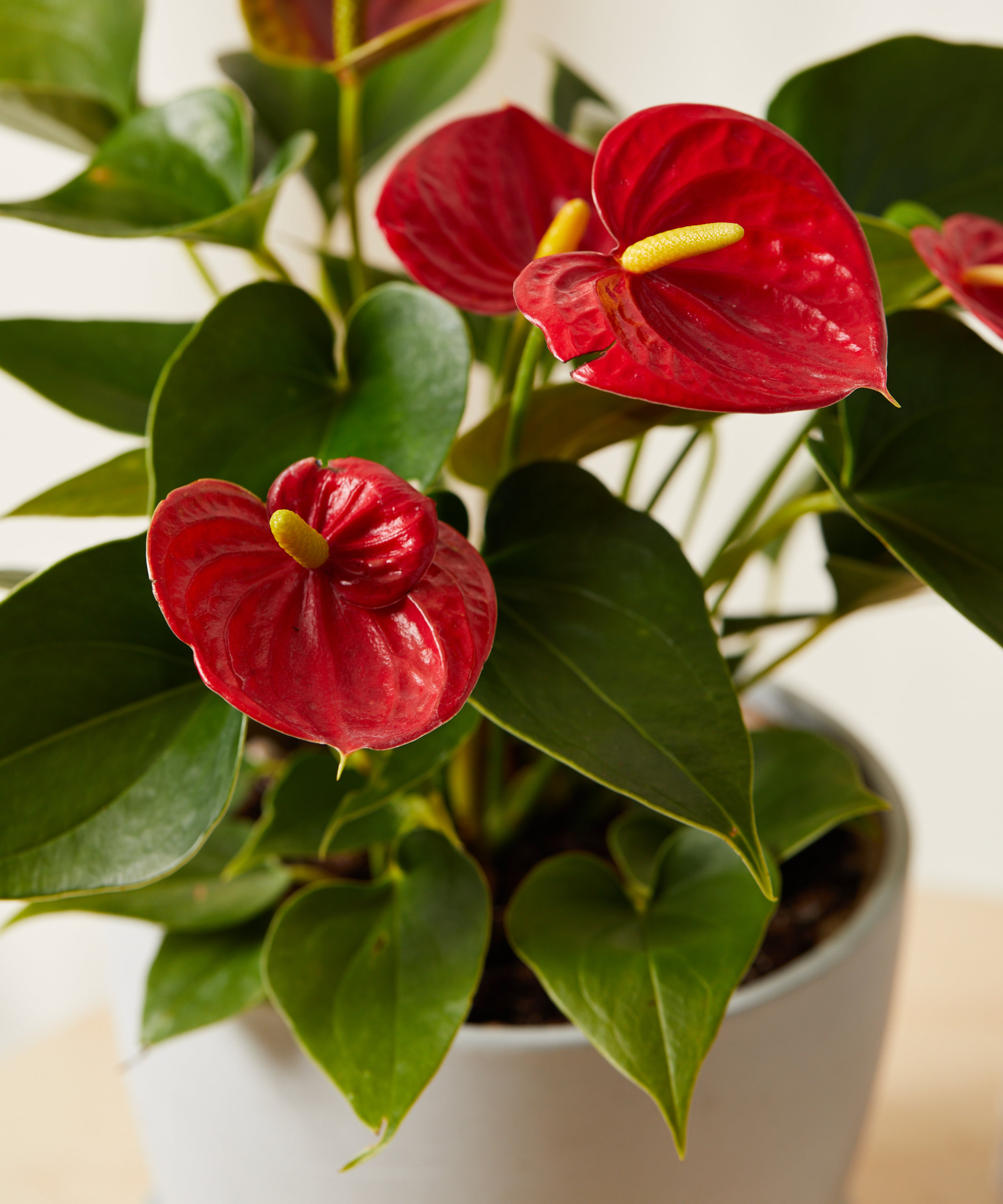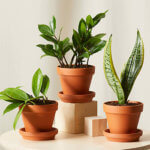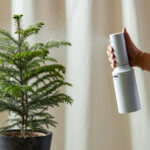Moisture Matters
Watering issues are the number-one cause of curling leaves.
-
Underwatering: If the soil dries out too much, Anthurium leaves often curl inward to conserve moisture. If the top inch of soil feels dry, it’s time for a deep, even watering.
-
Overwatering: On the flip side, soggy soil can suffocate roots and lead to stress, causing leaves to curl or droop. Make sure your pot has drainage holes, and never leave your Anthurium sitting in standing water.
Consistency is key — aim for soil that’s lightly moist but never too wet or too dry.
Humidity Levels
Anthuriums are tropical plants that love humidity. If the air is too dry, leaves may curl, crisp at the edges, or look wilted. Indoor air, especially during winter heating, is often far drier than these plants prefer.
Boost humidity by:
-
Setting your plant on a pebble tray filled with water
-
Running a humidifier nearby
-
Lightly misting leaves in the morning
Light Stress
Too much or too little light can also change the shape of Anthurium leaves.
-
Low light: Without enough indirect light, growth slows, and leaves may curl or appear weak.
-
Direct sun: Strong sunlight scorches foliage, causing curling, browning, or crisp edges.
For best results, keep your Anthurium in bright, indirect light near an east- or north-facing window.
Temperature Sensitivity
Anthuriums prefer steady warmth. Chilly drafts, sudden temperature swings, or exposure to air conditioners and heaters can stress the plant, leading to curling leaves. Try to keep the plant in a stable spot between 65–80°F (18–27°C) and away from vents or drafty windows.
Watch for Pests
In some cases, curling leaves point to a pest problem. Tiny insects like aphids, spider mites, and mealybugs feed on leaf tissue and distort growth.
Check the undersides of leaves and along stems for small bugs or sticky residue. If you find pests, isolate the plant and treat with neem oil, insecticidal soap, or a gentle wipe-down to prevent further damage.
Nutrient Deficiency
A lack of nutrients, especially during the growing season, can cause leaves to curl or form abnormally. Feeding your Anthurium with a balanced liquid fertilizer every 4–6 weeks in spring and summer helps support strong, even growth.
Avoid over-fertilizing, though — too much can burn the roots and worsen leaf curling.
When Curling is Normal
Not all curling is a bad sign! New Anthurium leaves often emerge curled or twisted before they unfurl and harden. If your plant is otherwise healthy and producing fresh growth, a little curling on young leaves is perfectly natural.


